Walking the Queen of Roads: A Winter Walk Down the Via Appia
Lindsey HallA Crisp December Morning
The morning air was sharp against my face as I set out from the Baths of Caracalla, my breath forming small clouds in the crisp December air. Rome in winter has a particular quality to it; fewer tourists, clearer light, and a sense that the ancient city is somehow more itself. I had planned an ambitious walk down the Via Appia, the legendary Appian Way, and as I passed through the gate in the Aurelian Wall, I couldn’t help but wonder if I hadn’t bitten off more than I could chew.
But there’s something about walking ancient roads that pulls you forward, step by step, stone by stone.
The Queen of Roads
The Via Appia stretches out before you like a ribbon of history, its basalt stones worn by over two millennia of footsteps, hooves, and wheels. Built in 312 BC by the censor Appius Claudius, this was Rome’s first great highway; a masterpiece of engineering that connected the capital to the southern reaches of the empire. The Romans themselves called it “regina viarum” … the queen of roads … and standing there in the pale morning light, I could see why.
As I walked further from the city, the modern world began to fall away. The rumble of traffic faded, replaced by the rustle of wind through the umbrella pines that line the route. The famous tombs and monuments that dot the roadside; the Tomb of Cecilia Metella, the remnants of countless memorial inscriptions serve as silent sentinels to the countless souls who have made this same journey.
Touching History
It was at one particular stretchthat I found myself stopping. The road here was especially well preserved and ancient, the stones placed with the precision that only Roman engineering could achieve. And then, seized by what I can only describe as a rather childish impulse, I began walking from side to side across the road’s breadth, making sure to touch each stone.
I knew it was silly, but I couldn’t help myself. This road had been witness to events and people of which we read but cannot truly comprehend. Somewhere beneath my feet lay the same stones that had supported the sandals of Cicero in his triumphant return from exile, the boots of Caesar’s legions marching to war, the wheels of Pompey’s carriage as he fled Rome for Greece. Every name that had strode out of the history books I had devoured over the years; they had all been here, on this very road.
The Superhighway of Antiquity
The Via Appia was more than just a highway; it was the superhighway of antiquity, the main artery that pumped life through the Roman world. Along its length, triumph and tragedy had played out in equal measure. It was the route taken by countless generals returning from campaigns in the south, their troops laden with spoils and stories of victory.
But it was also the path of pilgrims, merchants, and ordinary Romans going about their daily business. Letters from Cicero mention his travels along the Appian Way. St. Peter waivered here as he walked these very stones. The road had seen emperors and slaves, philosophers and soldiers, all treading the same ancient path.
Standing there, touching those worn stones, I felt a connection that transcended the mere intellectual understanding of history. This wasn’t just reading about the past; this was touching it, quite literally. The stones beneath my feet had been quarried and placed by Roman hands, had felt the weight of history in the most tangible way possible.
The December sun was beginning to climb higher, casting longer shadows between the tombs and monuments. My ambitious walk was proving every bit as challenging as I’d feared, but it was worth every aching step. There’s something profoundly moving about following in the footsteps of history, about walking the same route that has connected people across centuries.
As I made my way back towards Rome, I reflected on what it means to be a custodian of history. These stones, these monuments, these ancient paths; they’re not just relics to be observed from a distance. They’re living connections to our shared human story, bridges that span the centuries and remind us that we’re part of something much larger than ourselves.
The Via Appia remains, as it was two thousand years ago, the queen of roads. Not just for its engineering marvels or its historical significance, but for its ability to make the past feel present, to transform a simple walk into a journey through time itself.
Every step on these ancient stones is a step into history, and every traveller who makes the journey joins an unbroken chain of humanity that stretches back over two millennia. That morning, I had the privilege of adding my own footsteps to that eternal procession … a rather humbling thought for a history enthusiast armed with nothing more than comfortable shoes and an insatiable curiosity about the past.
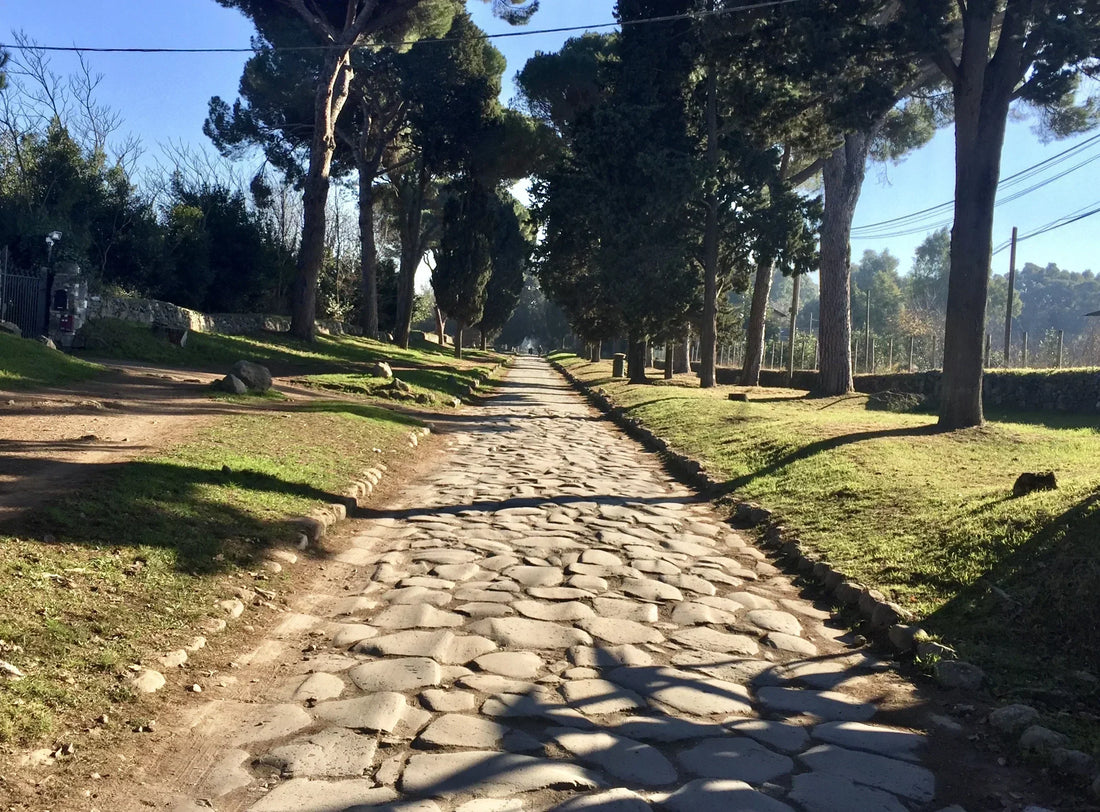

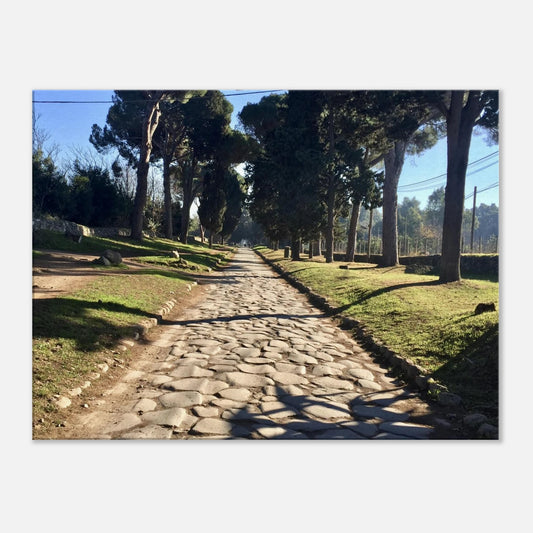
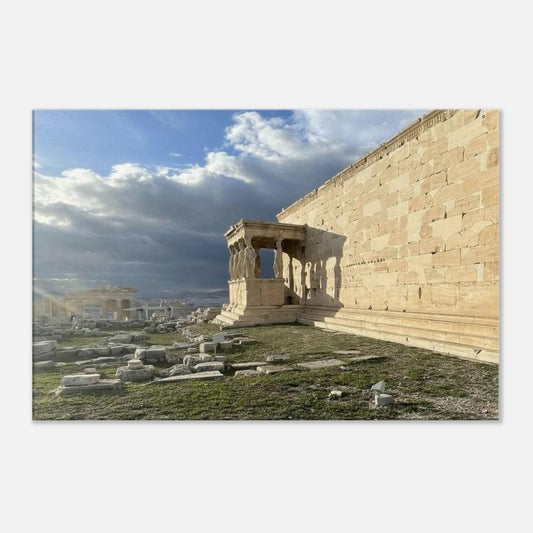


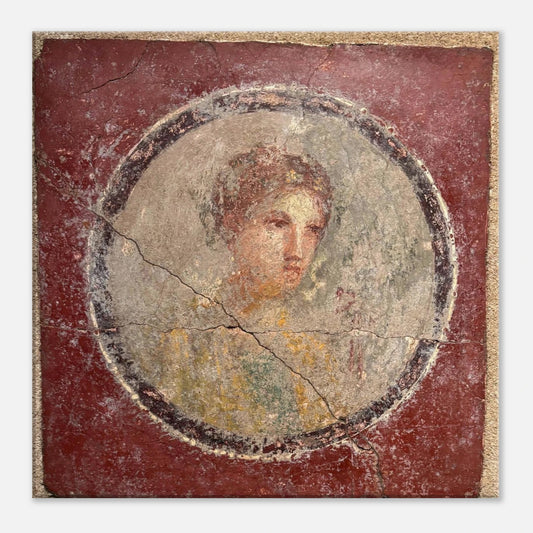
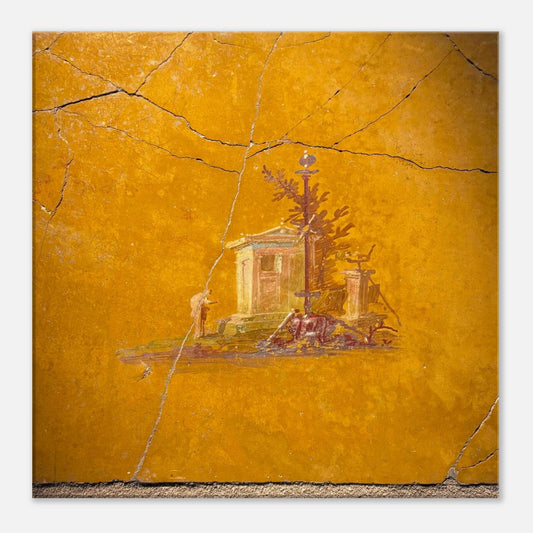
1 comment
I didn’t so much touch the stones with my hands but I walked it barefoot for the very same reason of feeling that connection to the past and the people who were alive back then.